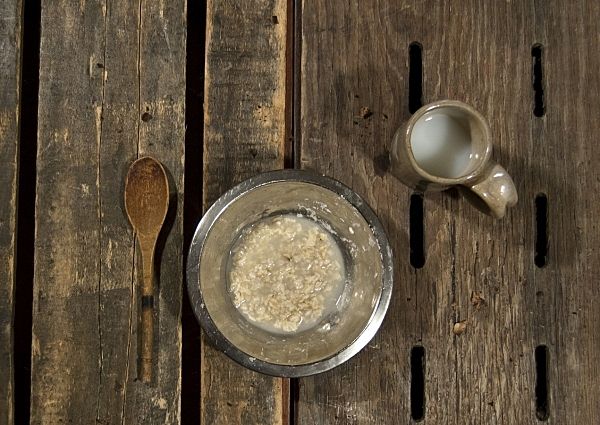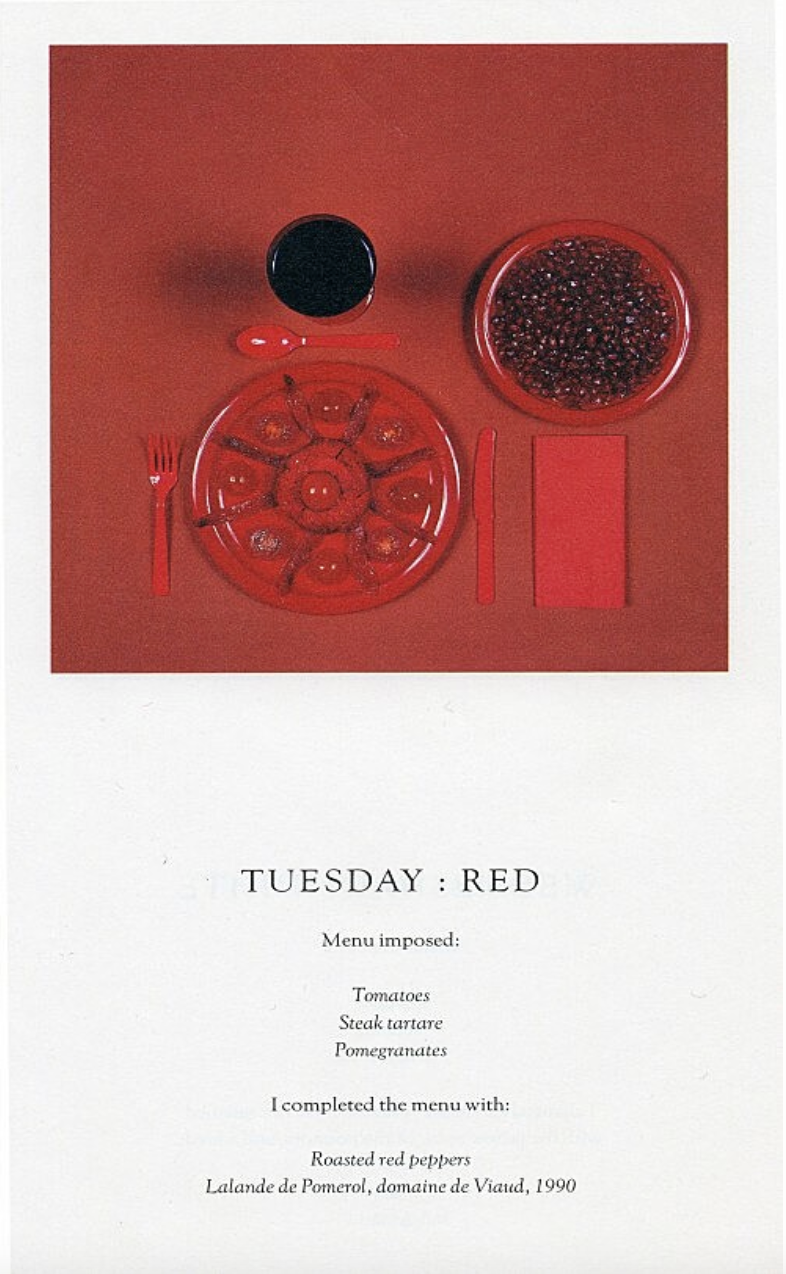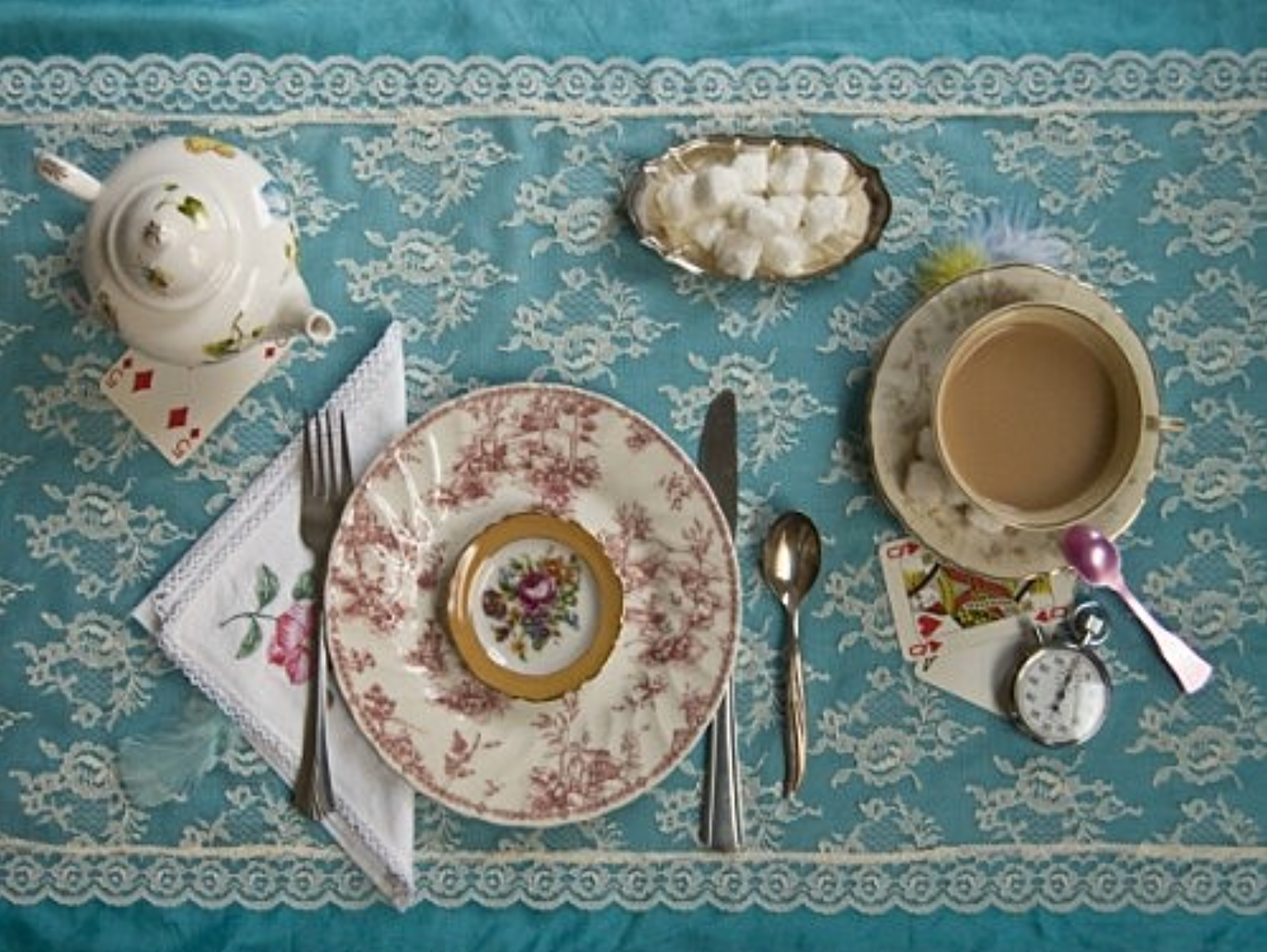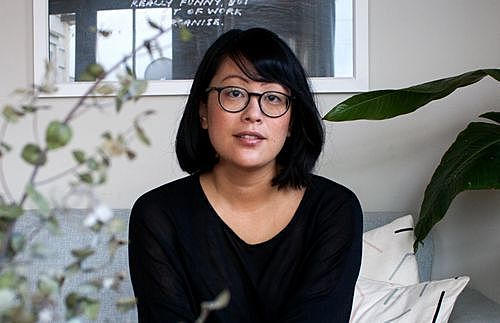Those Smaller Reverberations: Fictional Meals
Novels can sometimes have a profound impact, while other times their effects are smaller in nature. We look at some of the culinary influences fiction has had, from The Sideways Effect to Dinah Fried's gorgeous recreations of fictional meals - outcomes that are certainly more delicious than a heartfelt cry with a book clutched to your chest.
When I was six, my dad gifted me a yellowing copy of Enid Blyton’s Five Go to Mystery Moor. The spine was taped together and some of the pages were falling out, but I wasn't about to complain: not only was this a book he'd loved as a kid, this was the exact copy he'd held in his hands some twenty-nine years ago. Its history gave it a magical quality and Blyton became a staple of my childhood. The Famous Five, The Faraway Tree, Malory Towers, Brer Rabbit – these stories shaped my imaginative world, and as I systematically worked my way through all twenty-one adventures with Julian, Dick, Anne and George (and Timothy, their dog), I insisted where I could on a diet of ginger beer, hard-boiled eggs and crusty bread, which I would take into the garden and stealthily eat amongst the grass.
Food in fiction serves various narrative functions – it reveals character, drives the plot, contextualises the world in which it's set – but it also influences the reader in more visceral ways. When the film Sideways was first released, pinot noir sales spiked dramatically while sales of merlot dropped, no doubt due to amazing scenes like this one:
There are also those singular instances of culinary influence: In Paul Auster's Leviathan, the character of Maria is based on the French artist Sophie Calle. Most of the details in the novel are true: Calle does, in fact, hold "an annual birthday dinner in her own honor, always inviting the same number of guests as her age," and she did, while working as a chambermaid in a hotel, photograph the rooms she was cleaning: "It was an archeology of the present, so to speak, an attempt to reconstitute the essence of something from only the barest fragments: a ticket stub, a torn stocking, a blood stain on the collar of a shirt."
Other aspects of Maria were invented, including the part about how "some weeks, she would indulge in what she called 'the chromatic diet', restricting herself to foods of a single color on any given day. Monday orange: carrots, cantaloupe, boiled shrimp. Tuesday red: tomatoes, persimmons, steak tartare. Wednesday white: flounder, potatoes, cottage cheese. Thursday green: cucumbers, broccoli, spinach - and so on, all the way through the last meal on Sunday." Calle's response was to adopt these additional artistic quirks, playing with the gap Auster had created between fiction and reality.
Though a book is most exciting when it moves you to the core, there's real beauty in these smaller reverberations. I'll leave you with Dinah Fried's Fictitious Dishes, a project that forms part of her MFA at the Rhode Island School of Design and involves recreating meals from famous novels - see if you can guess which.
1.
2.
3.
4.
1. Oliver Twist - Charles Dickens
2. Moby Dick - Herman Melville
3. The Catcher in the Rye - J. D. Salinger
4. Alice in Wonderland - Lewis Carroll







